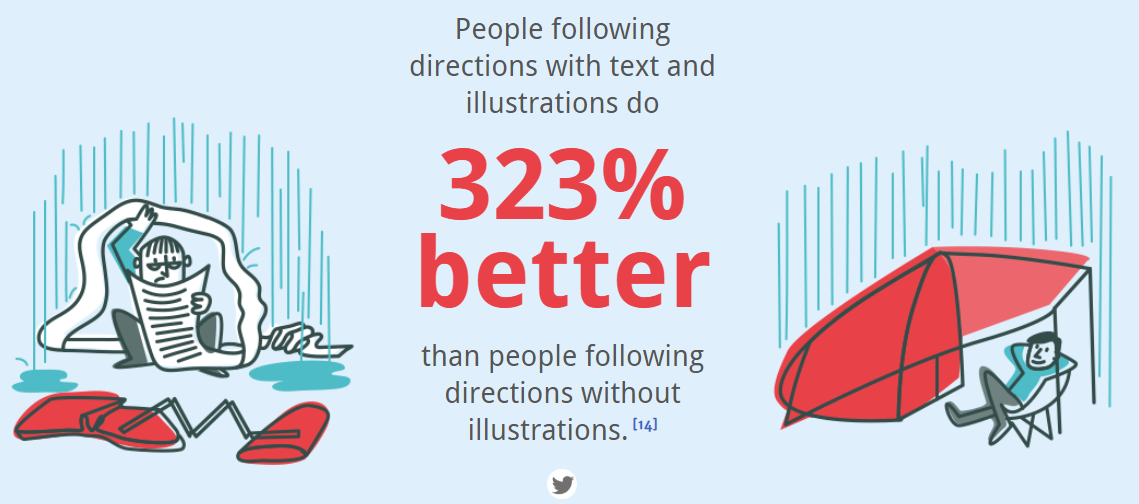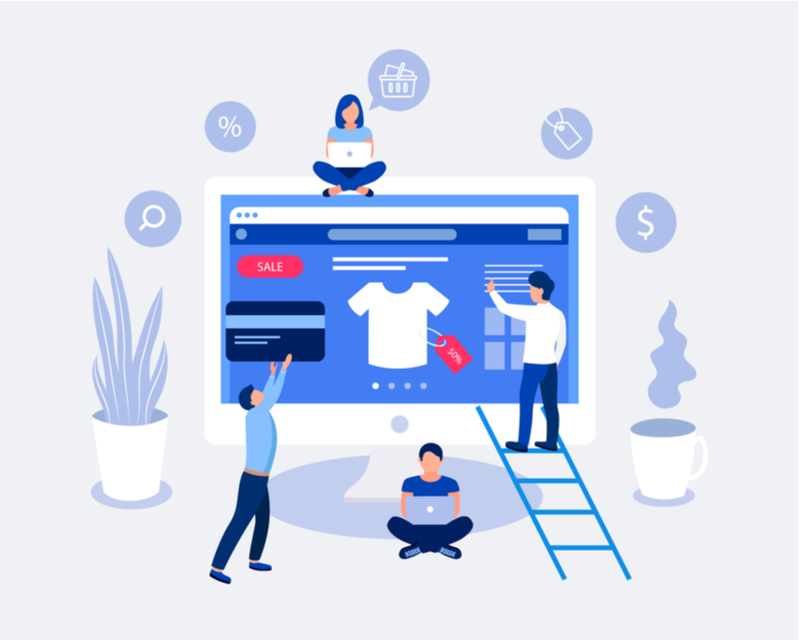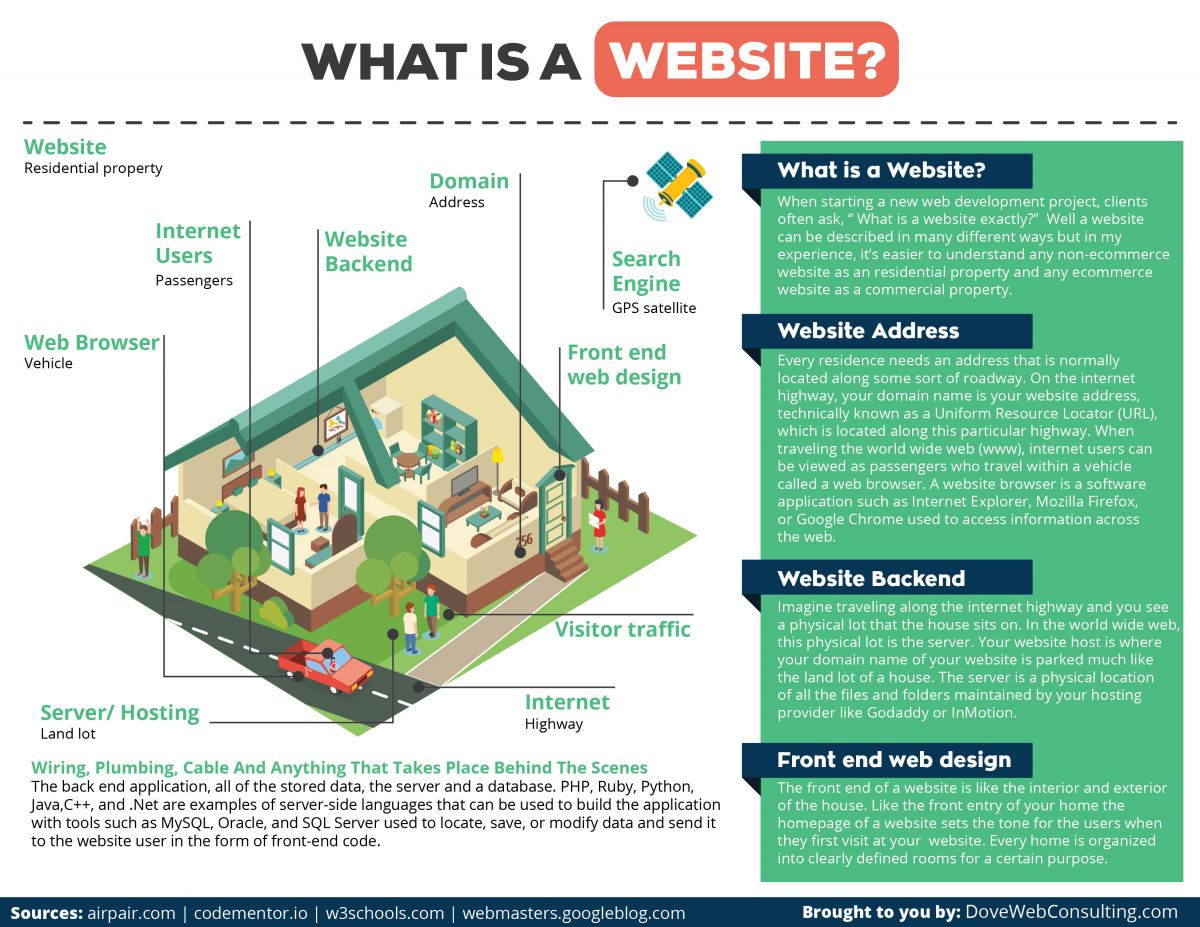Spring Hill KS, 66083
- Home
- > Blog Main Page
- > Websites
- > What is the Most Effective Web Design Process?
What is the Most Effective Web Design Process?
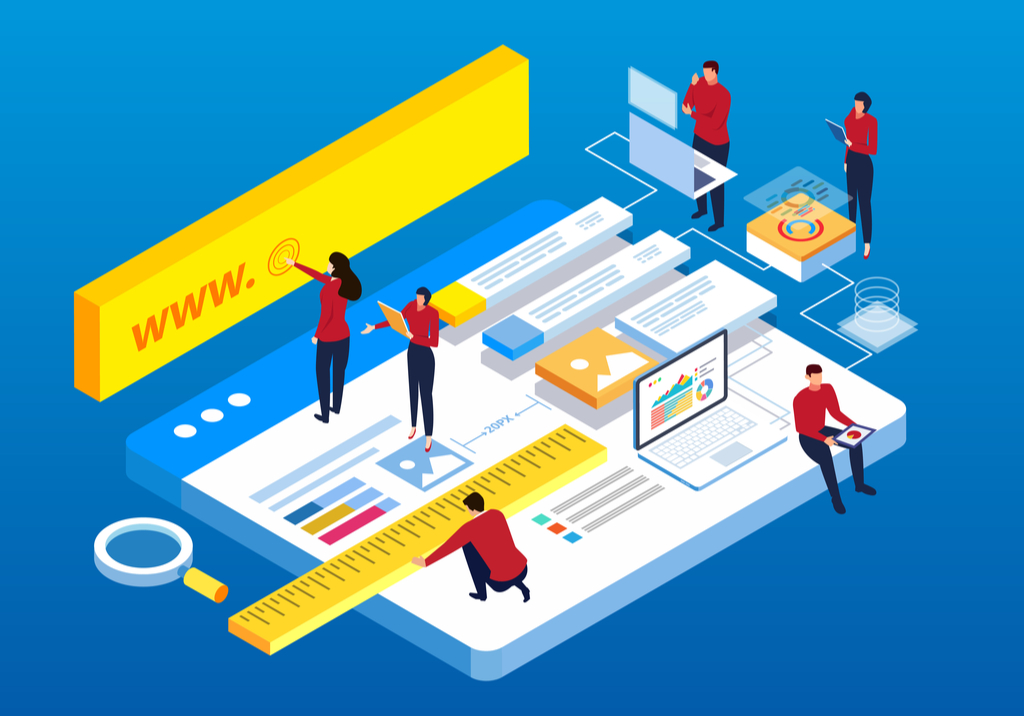
With approximately 200 million active websites currently on the internet, a professional-looking website is essential for attracting customers and generating revenue. So what happens after a business has decided to create or redesign its website? Redesigning a website is a big undertaking. Not only does it require a significant investment of time and money, but it can also be risky.
After all, there's no guarantee that the new site will be any more successful than the old one. That's why it's essential to understand your target audience and overall design goals before starting the development process. By planning ahead, you can be confident that your redesign project will be a success.
What Should a Website Launch Checklist Include?
When a business decides to recreate or replace its existing website, it'll generally hire a web design agency or professional web developer/designer. Most companies don't have the in-house expertise necessary to design a website, especially one that can attract new leads and generates sales. Every web designer should follow a specific process when designing a website and inform businesses about what happens at each stage of their development.
This transparency ensures that the website is being developed according to its expectations, promptly, and within its budget. Although the web designer will handle all the heavy lifting, the client's input is critical to successful website development. Depending on the scope of work, a redesign can take anywhere from several weeks to a year. A website launch should involve the following development stages to produce a successful and highly functioning website:
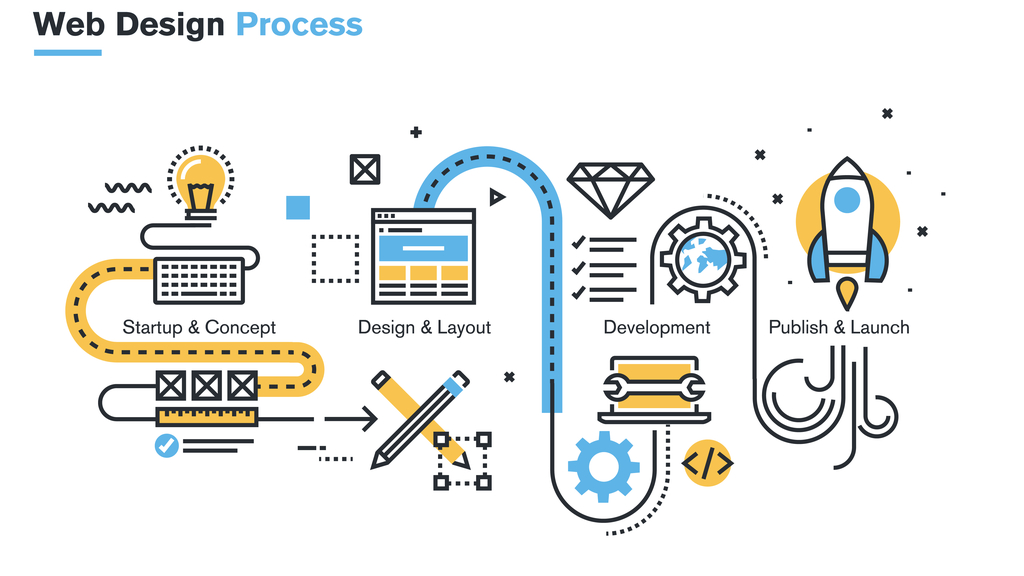
Planning Phase
The planning phase of any web design project is crucial. This is when the web designer sits down with the client to clearly understand what they want to achieve with their new website. The web designer will review what works and doesn't work with the existing website, what the client wants to keep, and what they want to change. This stage allows the web designer to understand the client's vision for the new website and plan accordingly. With a clear understanding of the goals, the web designer can start working on creating a website that meets the needs of the client.
Design Phase
Designing and programming a website can be daunting, especially if you're starting from scratch. However, even if you have an existing website, it's essential to understand the design and layout phase to make the most of your site's potential. To do this, web designers need to analyze the existing website and determine where customers are most likely to get lost.
By doing this, they can compile effective keywords and maximize search engine optimization (SEO) to boost the site's online visibility. Additionally, they may need to adjust the website using conversion rate optimization to increase sales or leads. Ultimately, a well-designed website can make a big difference for any business.
Development Phase
Now that the basic template is in place, it's time to start testing the new website's capabilities. This phase should include code and browser testing to ensure the site can handle rich media like video, images, and text. Additionally, the CMS should be installed during this phase, and any broken links or visual elements must be fixed. User experience and design elements are also important considerations during this stage of development. Additional tasks include:
- No indexing of the Test Site
- Building the Home Page and Interior Pages
- Ensuring HTML, CSS, JavaScript Compliance
- Migrating Existing Content to New Website
- Optimizing for Mobile
By considering all of these factors, you can create a genuinely responsive and user-friendly website.
Functional Testing Phase
The functional testing phase is a critical step in developing any new website. During this phase, the newly-developed site is put through its paces to make sure it can handle video, images, and text. This process includes code and browser testing and user testing to ensure that the site is easy to use and navigate. So if you're developing a new website, plan for a testing phase. It could save you a lot of headaches in the long run! We can avoid costly and time-consuming problems down the road by taking the time to thoroughly test the new site before it goes live.
Launch Phase
When a website is first created, it's rarely perfect. There will always be some kinks that need to be ironed out. That's why most websites go through a development life cycle that includes several stages, from conception to launch. The launch phase is when the new website is made available to the public. But before that can happen, the web designer needs to disable the website's maintenance mode.
They also need to test its performance using keywords to verify its ranking on search engines. So, the entire process of launching a new website can be pretty involved. But it's worth it in the end because it helps ensure your website is as successful as possible. If the website is adequately designed, it will be much easier for potential customers to find when they search for keywords that match your business's services.
Text...
What are the Principles of an Effective Website Redesign
“Design is not just what it looks like and feels like. Design is how it works.” – Steve Jobs
A website's design can differentiate between a new conversion and a lost prospect, whether the goal is to increase brand visibility or sell products or services. According to a study by Dahal Sirjana, she found that a website visitor/potential customer will form an opinion about a website within 0.05 seconds. If the website is poorly designed and not user-friendly, the user visitor moves on.
A general rule of website design is that 'less is more.' many factors impact a website's quality, and most involve its functionality. In other words, a website with too many options, unnecessary features, and flashy visuals can overwhelm and distract a visitor from why he/she visited in the first place.
The website naturally draws the visitor's attention to the most crucial information on the page. The most effective website designs are clean, simple, informative, and engaging. Simple techniques with strategic use of white space tend to be the most universally appealing
S
Source: NeoMam
One of a helpful website's most critical components is its ease of navigation. Suppose a website is challenging to navigate and essential information is not easily accessible. In that case, a visitor will not hesitate to leave the page and perhaps never return
We must also consider what we know about common browsing patterns and natural human behavior. In particular, a reader's visual flow processes information in order of importance (from left to right and top to bottom). Extensive research shows that people will almost always browse in an 'F' pattern. The pattern strongly favors the left side of the screen – the opposite is true for people whose languages read from right to left (Nielsen Group). This explains why some of the world's most visited websites (i.e., Amazon) prioritize their homepage's left side.
Images should be strategically placed and high-resolution, and content should be well-organized and easy to process. Vibrant colors trigger emotion, so naturally, they should be kept to a minimum and used only for 'call to action' or buttons. Since most visitors will skim a website instead of reading content in full detail, infographics are handy for maintaining the visitor's attention while also conveying information

Infographic created by Financial Services Marketing and Technology agency Gate 39 Media.
Since website visitors tend to skim content (and their attention spans are likely to be relatively short), lengthy paragraphs are generally unproductive for a website. Instead, sections should be kept concise and broken up with strategic white space
A website's load time will quickly determine whether a visitor will stay or leave. In a large study by Akamai Technologies Inc., roughly 50% of web users expect a site to load in 2 seconds or less. If the site hasn't loaded within 3 seconds, those users will generally abandon the site. Regardless of the earth-shattering brilliance, a business's website may display, visitors will not wait around as it loads, particularly when they can access a competitor's site faster.
What are the Signs of an Ineffective Website?
Ultimately, a website's effectiveness – or ineffectiveness – will almost always be tied to poor Design. Websites that are not well-designed perform poorly in multiple capacities. The mistake leads to dismal Google Analytics metrics (i.e., high bounce rates, low time spent on site, unpopular pages visited per visit, and low conversion rates). A poorly-designed business website will inevitably result in lost prospects.
But perhaps more importantly, it could jeopardize public perception of the business itself. It only takes one negative experience with a business's website for most users to never revisit it. The following characteristics are a strong indication that a website is not performing efficiently or effectively:
The site does not immediately indicate the services/products that the business provides.
- Visitors form opinions almost instantaneously. Suppose the visitor cannot find value in the site or justify their decision to stay.
- In that case, they will inevitably move on to a competitor's website.
- Likewise, a visitor must be able to find essential information quickly (mainly the business's contact information and calls to action).
The site is not mobile-friendly or is slow to load.
- As previously mentioned, site visitors are proven impatient and require immediate access to information
The site includes multiple internal links that open new browser windows.
- These links will not only steer a visitor away from the page but also make navigation more difficult and damage the visitor's online experience
The site is not HTTPS (secure connection).
- In today's high-profile data breaches and hacks, website visitors will likely abandon any transaction made over an insecure connection – studies have confirmed this.
- A secure website is required if it requests any personal information from a user.
- Search engines will limit an insecure site's visibility by pushing it further down the search results.
What Do Web Design Services Involve?
Companies are usually aware of their objectives and goals. Still, they are often unclear about how to accomplish them online. A web designer's job is to present the business with the best website options for reaching their desired outcome. A knowledgeable web designer can translate the wants and needs of a business into a functional website design.
Ideally, web design services will produce high-performance websites that provide a business with added value. It should generate profitability, regardless of the device or orientation used to access the site. In other words, the website should look just as appealing on a smartphone screen as it does on a 30" monitor. Web design services should allow businesses to easily manage their new site independently. For example, installing a user-friendly content management system (CMS) allows the company to update its online content without the web designer's assistance.
Designing a stunning website is only half the battle. A web designer must also ensure that this new website is easy to find and attracts the right audience. search engine optimization (SEO) achieves this objective. SEO primes the website for search engines through keywords, sitemaps, links, and content. The higher the ranking a website has on a search results page, the more visitors it will receive; naturally, more visitors will lead to more conversions.
One of the essential services that a web designer can provide is ongoing responsive support. Even after its launch – to ensure that the newly-designed website continues to be effective and productive for the business. Many web designers will also offer services beyond the website, such as email marketing, social media marketing, blog writing, etc. These services will help drive even more traffic to the website.

